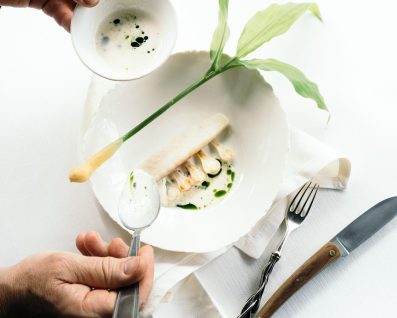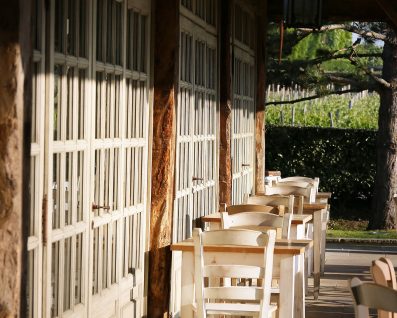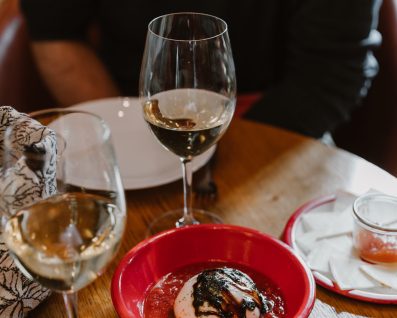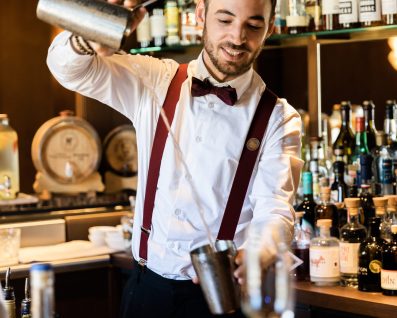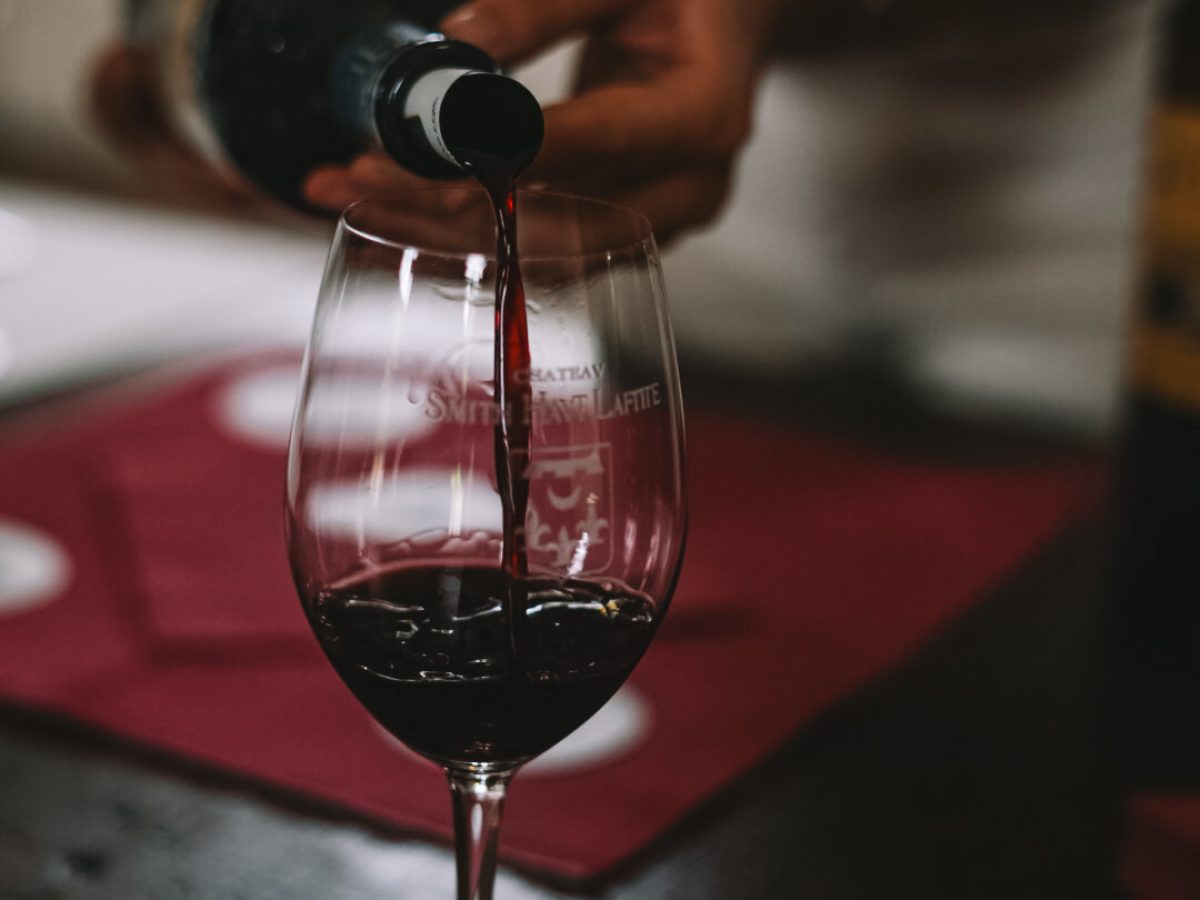The art of wine tasting: six golden rules for appreciating wine
At Les Sources de Caudalie, our philosophy is to use the natural richness of the vine and the grape to offer our customers a unique experience in total harmony with the environment. Our house, entirely turned towards nature, is intensely dedicated to the love of good wine. Our expert sommeliers decipher the notes and pairings during fascinating wine-tasting workshops.
Today, our oenological virtuosos reveal the steps involved in tasting a wine the right way:
1. Mind the serving temperature
Ideal serving temperatures are between 9°C and 12°C for white wines and champagnes. For reds, it varies with the grape variety and terroir: light wines at 15°C and fuller-bodied ones between 16°C and 18°C.
2. Use the right glasses
A wide glass that narrows towards the rim is recommended. A narrower rim better enhances the wine's aromas.
3. Allow to breathe or decant
Pour the wine into a decanter to soften it, swirl it slightly, and let it rest for about half an hour.
Aeration is crucial for young tannic reds and older whites but is not needed for light and fruity
wines. Decanting is reserved for mature wines, especially those over 20 years old, and must be
done carefully to avoid accelerating oxidation.
for white people of a certain age. On the other hand, it
is not necessary for light, fruity wines. Decanting is reserved for mature wines, particularly those over 20 years old, and should be carried out with care to avoid accelerating oxidation.
4. Observe before tasting
Colour is key in estimating a wine's age: white wines darken with age while reds lighten. Clarity
indicates good health. Analyse the 'legs' or tears on the glass; more tears suggest higher alcohol
content, and slower-moving tears indicate more sugar.
As for colour, clarity is a sign of good health. Also analyse the colour by looking for tears on the side of the glass. The more there are, the more
has alcohol. The slower they flow, the more he
sugar.
5. Deeply smell your wine
Gently swirl your glass, bring it close to your nose, and try to identify the three main aromatic
families. Primary aromas reveal the grape's characteristics with floral, vegetal, or fruity scents.
Secondary aromas from fermentation might suggest pastry, cream, or yeast. Tertiary aromas
develop through aging and storage, offering hints of stewed fruit, leather, or game in reds and
dried fruits, honey, or dried flowers in whites.
The primary aromas are the signature of the grape variety, with floral, vegetal or fruity scents. The secondary aromas, linked to the fermentation process, evoke the scents of pastry, cream or yeast.
Finally, tertiary notes are the result of the wine's development and storage. For red wines, the perceptible notes may be those of
The whites give off scents of dried fruit, honey and dried flowers.
Take a small sip, inhale a bit of air, and hollow your cheeks. This technique, known as retronasal olfaction, lasts a few seconds. You can then savour the wine or choose not to swallow it, as you wish.
Take a tiny sip, suck in a trickle of air
and hollow out your cheeks at the same time. This method is called retro-olfaction and lasts a few seconds. You can then enjoy the wine or
decide not to swallow it, as you wish.
7. Count the caudalies
The longer the taste remains on the palate, the better the wine and the more caudalies.
Source: Les Sources 2024 magazine
